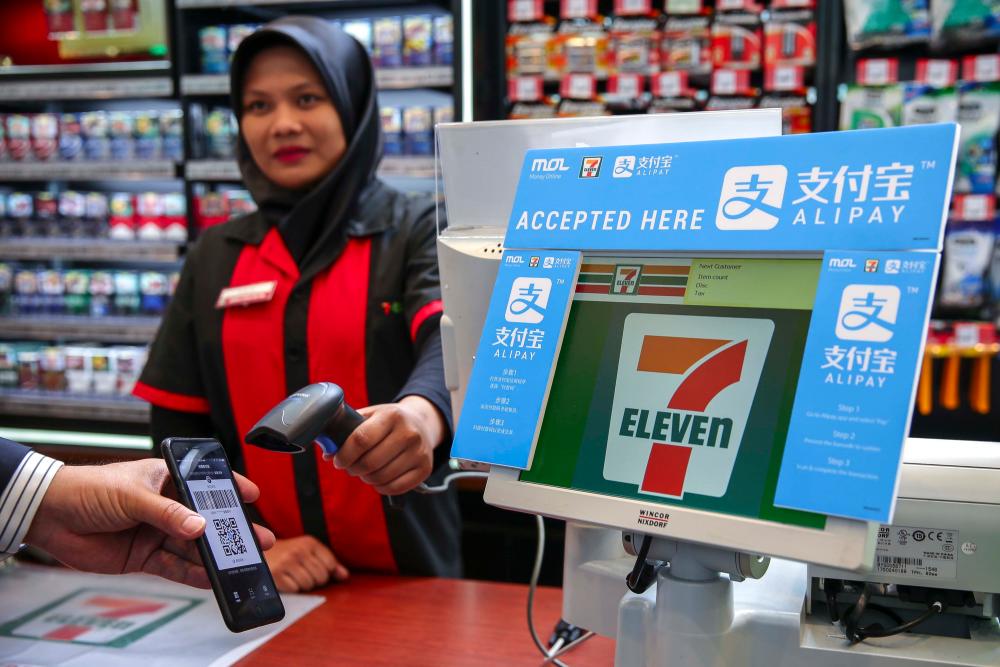PETALING JAYA: The increasing popularity of mobile payment in Malaysia is not considered a material threat to Malaysian banks, according to RAM Ratings Services Bhd.
The ratings agency reasoned that with the wide availability of more established electronic payment methods such as credit and debit cards, hence mobile payment in Malaysia is unlikely to attain the level of ubiquity that it enjoys in China.
“Even if increased payment volume via mobile wallets might reduce transactions via banks’ credit cards, the fee income earned from card transactions only accounts for a minor proportion of banks’ overall earnings,” said RAM Ratings in a statement.
While a small number of mobile payment players have ventured into lending, the agency said the loan amounts are relatively low, catering to small merchants and entrepreneurs that are typically not banks’ targeted clients.
However, RAM Ratings acknowledged that around the world, mobile payment is mushrooming with China being the global hub for mobile payments and other countries are seeing a varied level of adoption.
On the home front, mobile payment is still in its nascent stage in Malaysia. Although, the market competition in the segment is intense with 48 licences for non-bank e-money issuers have been granted by Bank Negara Malaysia (BNM).
This development is in line with the central bank’s aspiration of a cashless society as outlined in the Financial Sector Blueprint 2011-2020. In reaching this goal, BNM has introduced the Interoperable Credit Transfer Framework, which requires all mobile payment players of a certain size to operate on a shared payment platform, Realtime Retail Payments Platform (RPP).
“The RPP will be an enormous boon to mobile wallet users, as they can then have a single wallet that pays various mobile payment players operating via the RPP,” said the agency.
Currently, mobile payment players have made significant inroads with the number and value of non-bank mobile payment transactions reaching 31.1 million and RM1.3 billion recorded last year compared to 1 million and RM240.3 million recorded in 2018.
Although there are 48 licence holders, only a handful dominates the mobile payments field and most are owned or affiliated to high profile business. For instance, Touch ‘n Go eWallet is jointly-owned by CIMB and Ant Financial while Boost is the mobile wallet established by Axiata.
Within mobile payments, partnership with banks is common method to expand their merchant bases.
“Nonetheless, most of them are still loss-making. Some do not charge merchants any payment processing fee at the outset in the interest of expanding and retaining their merchant bases. Moreover, many of them have to bear high operating expenses to promote adoption,” said RAM Ratings.
All things considered, an industry consolidation is very likely. The ratings agency concluded that players are likely to survive would be those with already substantive user and merchant bases, unique value propositions as well as deep pockets to ride through the high levels of operating expenditure and tide of consolidation.










